365 Views
Junkyard Find: 2001 Plymouth Neon, Last Gasp of the Plymouth Brand Edition

by
Murilee Martin
(IC: employee)
Published: January 11th, 2021
Share
Quite a few hallowed (and not-so-hallowed) Detroit brands got axed forever during the decade of the 2000s (whatever we’re calling it now— the Noughts? the Oh-Ohs?), and the one that went to the slaughterhouse first was Plymouth. Starting in 1928 (not-so-coincidentally, just a couple of years after the birth of Pontiac), Americans and Canadians could buy low-priced Plymouths with the same running gear as the costlier Dodges and Chryslers, and life was good. Then the outlines of the brand became increasingly blurred as the 20th Century waned until finally just one Plymouth was left: the Neon. Last week, we saw one of the very last Pontiacs ever made, so we’ll follow that up with one of the final Plymouths.
The absolute last Plymouth to come off the assembly line was a Neon built at Belvidere Assembly in June of 2001. Today’s Junkyard Find was built in February of that year.
The Dodge Neon stayed in production all the way through the 2005 model year. Chrysler had become so eager to shed the Plymouth brand by the late 1990s that the Voyager minivan got plastered with Chrysler badging midway through the 2000 model year (after the November 1999 announcement of Plymouth’s impending termination), though the who-cares-anyway 2000 Breeze continued to stagger, zombie-style, into Plymouth showrooms for much of that year. The mighty Howler could have provided a little lift for Plymouth, but it appeared before the world with Chrysler emblems in 1999.
It may be red on the outside (except for the swapped-on silver hood), but the days of Bordello Red interiors in low-end Chryslers were long gone by 2001. This car appears to have upholstery provided by the same vendor responsible for the seats in prison buses.
With 132 horsepower from this 2.4-liter SOHC four, the second-generation Neon was a bit quicker than its low-trim-level Civic and Corolla competitors.
The three-speed automatic transmission in this car extracted most of the fun out of that engine before it could reach the wheels, though. The two-pedal 2002-2005 Dodge Neons got four-speed automatics, with only the Toyota Corolla CE and its Chevrolet Prizm twin remaining with three-speeds into the 2002 model year.
When you see rusty water stains all over the engine compartment of a car in the junkyard, you can assume the engine in question died from a blown head gasket followed by a few weeks of running straight water as coolant while the car’s final owner cycled through the various stages of Magical Overheating Thinking™ (my cousin’s neighbor says it’s gotta be the radiator cap… maybe it’s the thermostat…) and superheated steam hissed out of the weakest points in the cooling system. Eventually, the tortured engine finally seizes up and the junkyard gets a phone call.
Adios, Plymouth! We’ll remember you for the cool stuff, not the ’01 Neon.
{
"id": "9161717",
"alt": "",
"title": "",
"video_link": "https://www.youtube.com/embed/l8c5LRkxdW8",
"youtube_video_id": "l8c5LRkxdW8"
}
{
"width": 634,
"height": 357,
"showRelated": true
}
Chrysler didn’t bother to advertise the Plymouth Neon during its last couple of years, so here’s a somewhat disturbing TV commercial for the ’01 Dodge Neon R/T.
{
"id": "9161720",
"alt": "",
"title": "",
"video_link": "https://www.youtube.com/embed/eJJbktdanmc",
"youtube_video_id": "eJJbktdanmc"
}
{
"width": 634,
"height": 357,
"showRelated": true
}
Earlier in the Plymouth Neon’s life, buyers could choose between HI and YO. So edgy!For links to 2,000+ additional Junkyard Finds, Treasures, and Gems, visit the Junkyard Home of the Murilee Martin Lifestyle Brand™.
#2000s
#2001
#Chrysler
#ChryslerDeathWatch
#ChryslerNeon
#Colorado
#Denver
#Dodge
#DodgeNeon
#DownOnTheJunkyard
#Neon
#Plymouth
#Junkyard
#JunkyardFind
#PlymouthNeon
#MiserableEconoboxes

Murilee Martin
Murilee Martin is the pen name of Phil Greden, a writer who has lived in Minnesota, California, Georgia and (now) Colorado. He has toiled at copywriting, technical writing, junkmail writing, fiction writing and now automotive writing. He has owned many terrible vehicles and some good ones. He spends a great deal of time in self-service junkyards. These days, he writes for publications including Autoweek, Autoblog, Hagerty, The Truth About Cars and Capital One.
More by Murilee Martin
Published January 11th, 2021 9:00 AM
Latest Car Reviews
Read moreLatest Product Reviews
Read moreRecent Comments
- EBFlex Remember this is an area of the market with what we’re told is insatiable demand that current production cannot meet. Yet Tesla, the only real EV player in North America is laying people off. This is bad news bears for the EV market. Maybe the government can make demand even more artificially inflated to correct this major problem
- Kwik_Shift_Pro4X "That's a shame." ---- J. Seinfeld
- Master Baiter Cells capable of accepting fast charge have been available for years in power tools. You sacrifice energy density in cell designs of that type.
- Kjhkjlhkjhkljh kljhjkhjklhkjh Just looking at the PLUMETING cost of used tesla's (28k for a 3P ex) I contest the ''gubberment'' argument. If anything the gubberment is his BEST AND ONLY ALLY because with the increasing emissions regulation a cheap tesla is a hell of a buy.but as previously stated .. were in a saturated market for EV's right now.
- SCE to AUX This must have been a very interesting event.Of course, 'sustainability' may come with a price tag.
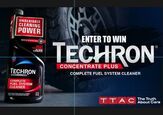

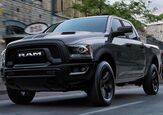
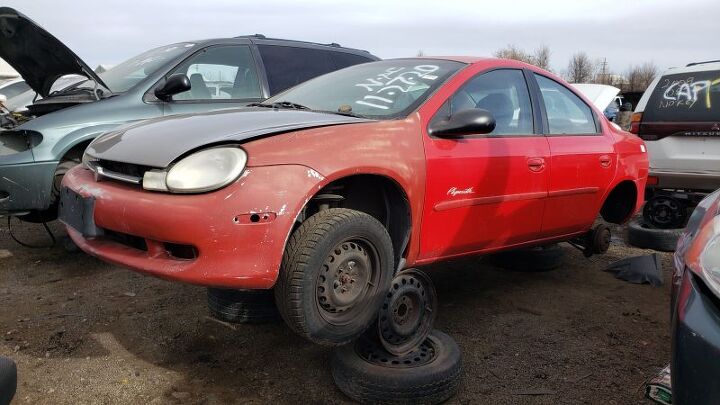






























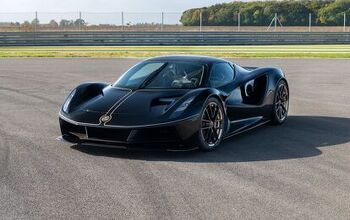
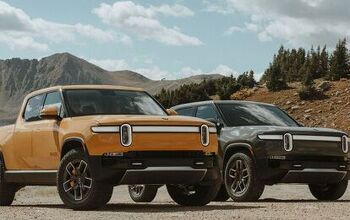
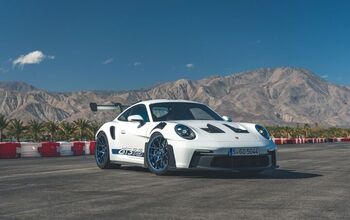
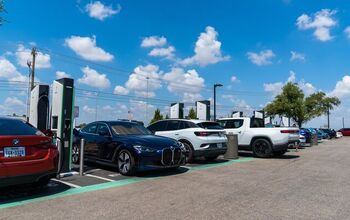
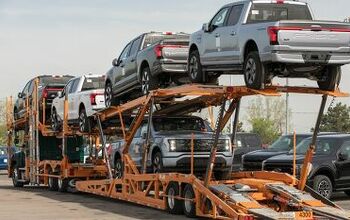

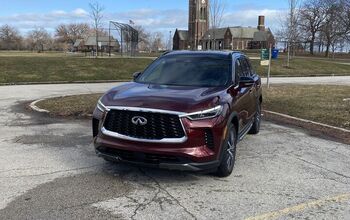



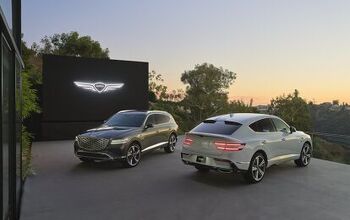
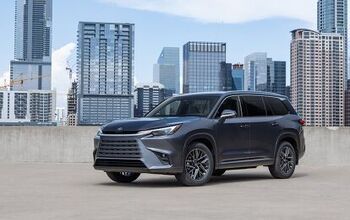
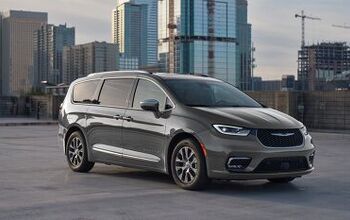


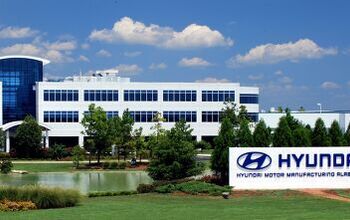
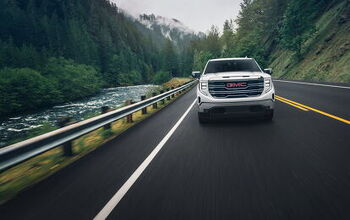

Comments
Join the conversation
I see Neons every day. Three of them in fact, and searching hard for a 4th!!
I recall the first generation of Neons were built without Dodge and Plymouth brand badges and shipped to the dealers where the brand badges were applied. Bingo - no need to segregate two bunches of otherwise identical cars at the factory before shipping.